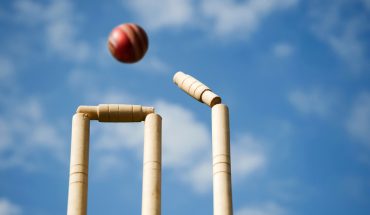Urine tests have long been used as frontline weapons in the clinical armoury to ensure that elderly people are not suffering from dehydration. Studies show that around 20 per cent of older people living in residential care don’t drink enough fluid and that rises to 40 per cent of older people who are admitted to hospital.
Dehydration is not just uncomfortable. It can lead to a host of health problems including urinary tract infections and disability and double the risk of premature death. So knowing if someone is dehydrated is important so steps can be taken to ensure that he or she is drinking enough – around two litres each day.
It is therefore extremely worrying to discover that most commonly used urine tests are worse than useless when used on people over the age of 65. I was part of a team at the Norwich Medical School at the University of East Anglia which looked at the effectiveness of urine tests in older people. Our results, published today in The American Journal of Clinical Nutrition, have found that urine colour tests, which rate dehydration according to the tint of a urine sample, were no better than random. Yet medical textbooks, reviews and guidelines continue to advocate their use. Nurses and care home workers use these tests every day to check that their patients are getting enough fluids because they are simple and cheap, but they might as well not bother. The colour of urine in older people bears no relationship to their fluid levels. For one thing, urine can be coloured by medications such as warfarin used to thin the blood, or foods such as beetroot and blackberries. For another, these urine tests depend on normal kidney function. Older people tend to have less effective mechanisms for signalling to the kidneys to concentrate urine when hydration levels fall. Multiple studies have revealed that older people may be dehydrated at a cellular level despite their urine being dilute.
This is why urine specific gravity tests, which show how concentrated urine is, were also not fit for purpose. They are not sensitive or specific enough, so they indicate that some people are dehydrated when they are not, or miss older adults who really do need to increase their fluid levels to maintain good health.
Overall we assessed 383 men and women living in residential care, nursing homes or in their own homes throughout Norfolk and Suffolk. We tested actual hydration using fool-proof osmolality blood tests which were analysed in the lab so we knew what the urine tests ought to have told us. In most cases, the urine tests bore no relation to the reality.
Of course, not everyone in a care home is going to be able to have a laboratory blood test regularly to ensure that they are getting the fluids they need. We do think there is a cheap and effective way forward. When blood tests are taken for many other reasons, such as checking blood sugar, the balance of four principle elements, urea, glucose, sodium and potassium can reveal a pretty accurate picture of hydration levels. It is not a perfect analysis but it can flag up when there might be a problem. There are lots of interventions that can then be used to help people take in more fluids, even if they don’t feel thirsty, such a regular sipping and switching to fluids which they particularly enjoy.
- Dipstick urine tests are not fit for purpose - 24th May 2016






